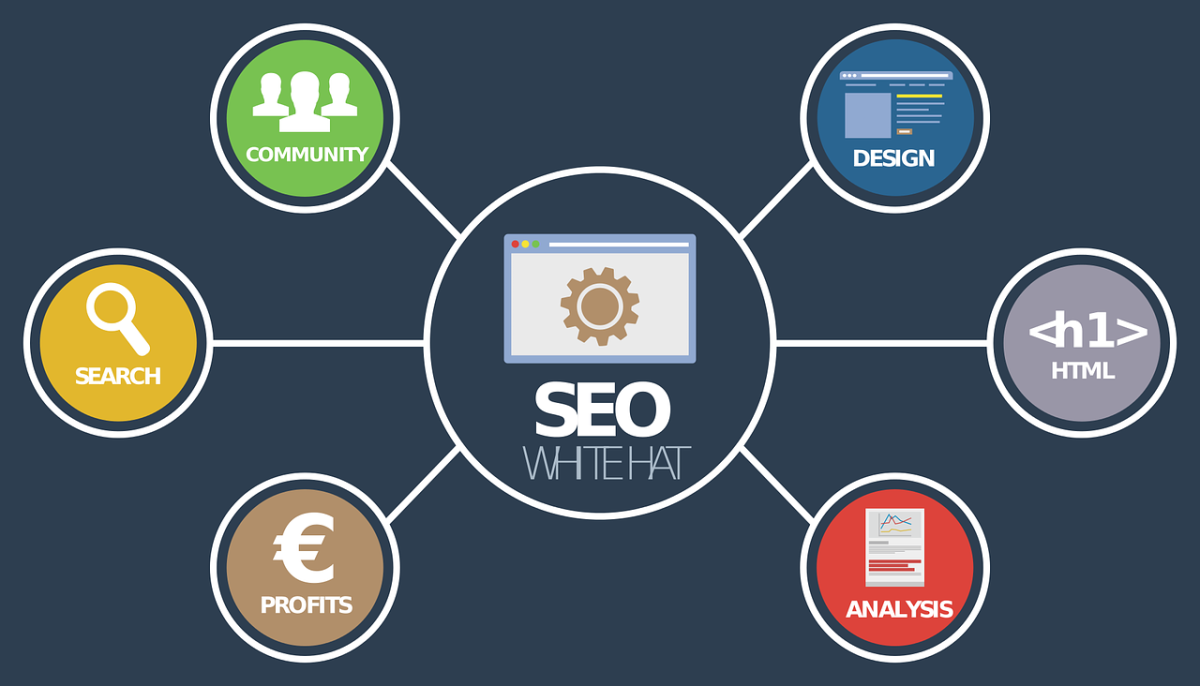Avoiding dynamic parameters in SEO URLs is important for several reasons to ensure better search engine optimization (SEO) and user experience:
Duplicate Content: Dynamic parameters can lead to multiple URLs pointing to the same content. Search engines might interpret these URLs as duplicate content, which can negatively impact your website’s search rankings. Canonicalization, as discussed earlier, helps address this issue, but avoiding dynamic parameters altogether can simplify the process.
Indexing Challenges: Some search engines may struggle to handle URLs with complex or numerous dynamic parameters. Crawling and indexing such URLs can be challenging, potentially resulting in incomplete indexing or incorrect interpretation of the content.
User-Friendly URLs: Dynamic URLs often contain random characters or ID numbers, making them less user-friendly and harder to remember. SEO-friendly URLs, on the other hand, include relevant keywords and provide users with a clear idea of the page’s content.
Click-Through Rates: User-friendly and descriptive URLs are more likely to attract clicks in search engine results. When users see a URL that includes relevant keywords related to their search, they are more inclined to click on it.
Link Sharing: SEO-friendly URLs are more shareable, as users are more likely to share and link to URLs that are concise and descriptive. This can help increase your website’s backlinks, which are crucial for SEO.
Better User Experience: User-friendly URLs contribute to a better overall user experience. Clear and descriptive URLs help users understand the content they will find on the page before clicking on the link, reducing the likelihood of clicking on irrelevant or unwanted search results.
URL Length and Complexity: Dynamic parameters can lead to long and complex URLs, which are less visually appealing and might be truncated in search engine results. Shorter, cleaner URLs are easier to read and understand.
To create SEO-friendly URLs, use static URLs with descriptive words that reflect the content of the page. Avoid using query strings or dynamic parameters that change the URL structure with each user request. Instead, use categories, tags, and slugs to organize your content in a hierarchical and meaningful manner.
Implementing SEO-friendly URLs can significantly contribute to your website’s overall SEO strategy, improve search engine rankings, and enhance the user experience.









